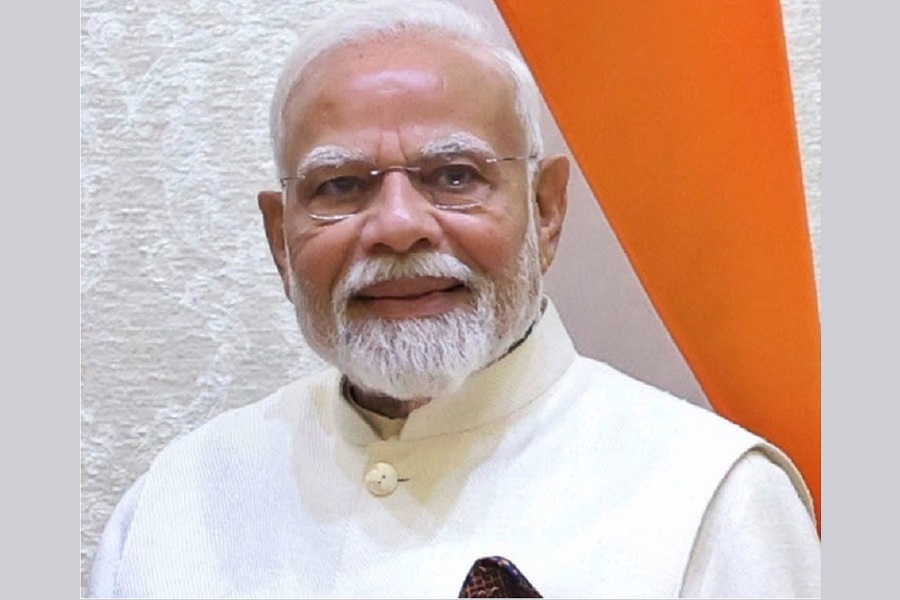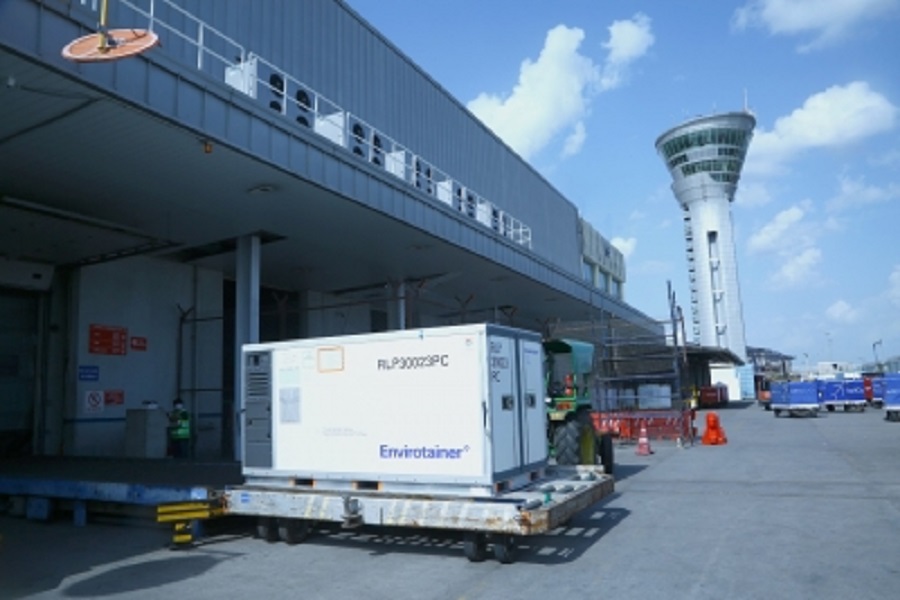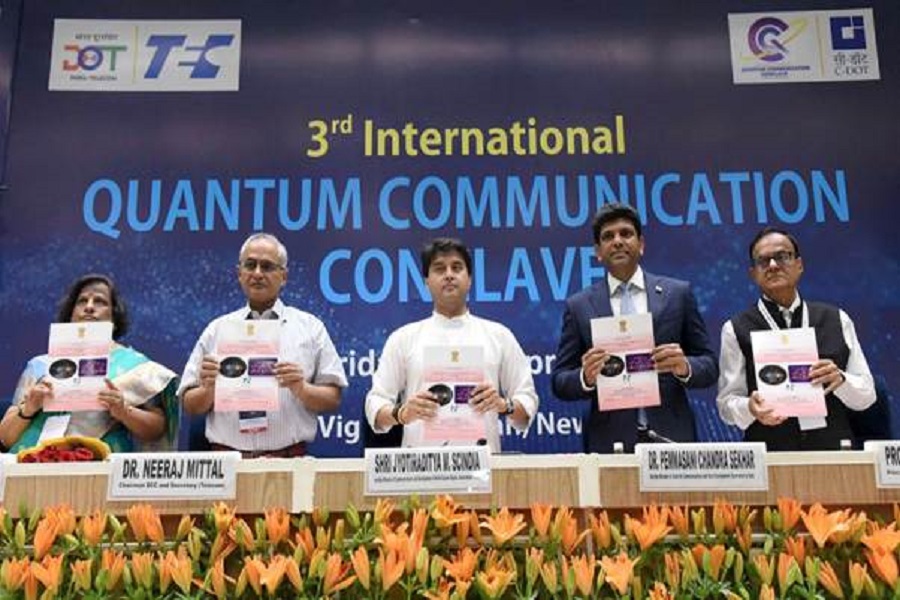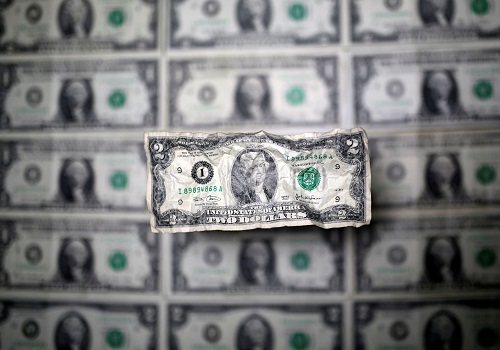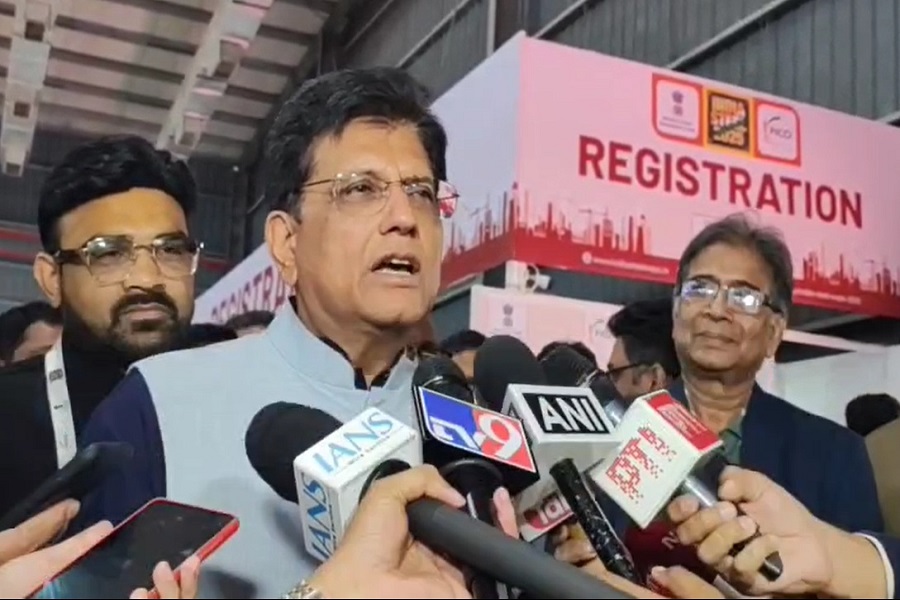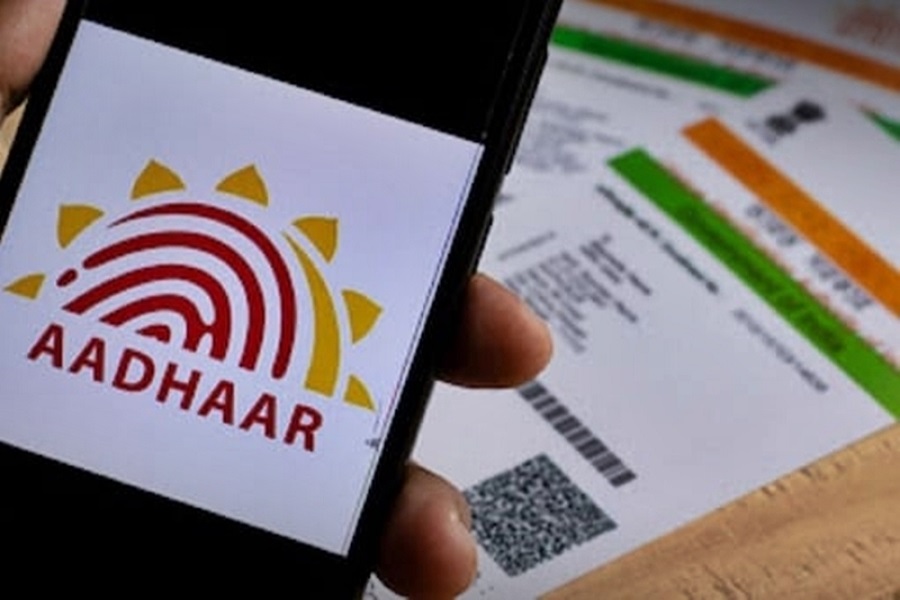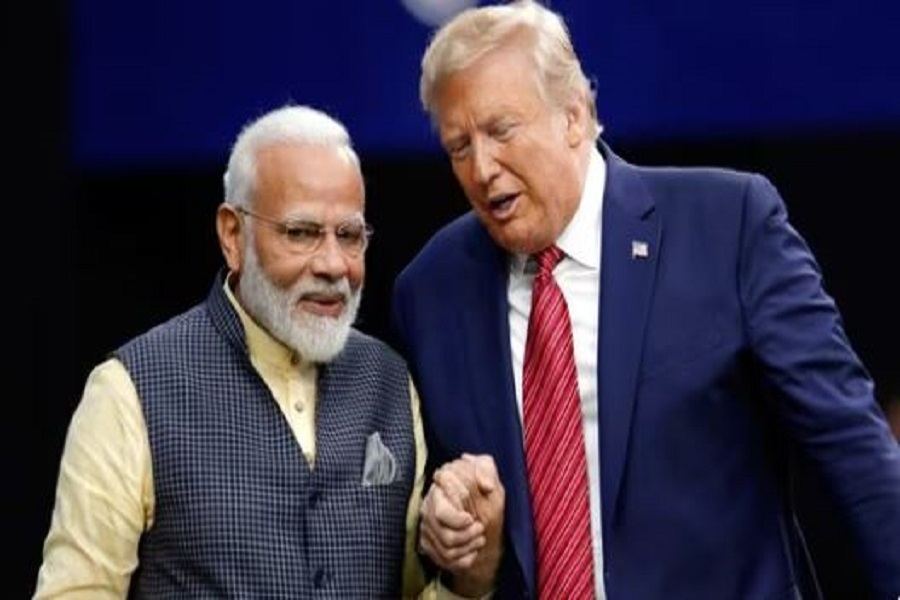India Economy: Low external debt is underpinned by large voluntary capital inflows - ICICI Securities
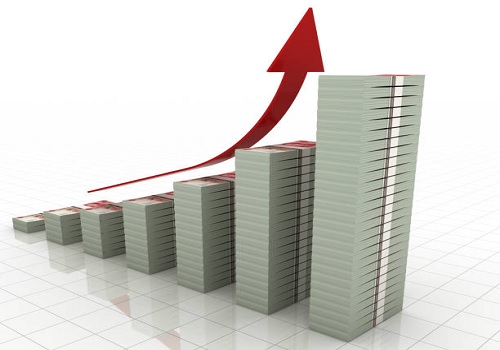
Low external debt is underpinned by large voluntary capital inflows
? India is stable from a macroeconomic standpoint because it has taken on very little external leverage over the past 8 years. India’s external debt was up just 39.1% in Mar’22 compared to its level in Mar’14. In the previous 10 years (Mar’04-Mar’14), India’s external debt had increased by 296%, leaving the economy much more vulnerable to the ‘Taper Tantrums’ of those times. And there had been one even faster decade of increase in external debt — a 363% increase between Mar’1980 and Mar’1990, which inevitably resulted in a balance of payments crisis in 1991.
? The external debt/GDP ratio (a measure of a country’s capacity to carry external debt) moderated to just 19.5% in Mar’22—far below the 35% threshold level of worry for a country that can access global capital markets (like India since 1992). The closest India came to the risk threshold was in 1994 (33%); the recent peak of 24% reached in Mar’14 was still well below the risky threshold. Prior to 1992, India was unable to access global capital markets, and hence the risk threshold for external debt/GDP was lower (25%). India exceeded that threshold in Mar’90 (25.6%) and even more by Mar’91 (26.1%), inevitably facing a payments crisis in FY1992.
? Even amid this relatively meagre stock of external debt, just over a third (36.7%) is owed to commercial creditors, while 39% comprises recurrent flows that are usually rolled over (trade credits and short-term debt). A sizable 22.4% is NRI deposits, while 20.4% is owed to multilateral and bilateral lenders. Consequently, nearly a third of ‘external’ debt is actually INR-denominated (including foreign ownership of Indian government and corporate bonds), while about a sixth of India’s external debt is denominated in JPY, EUR and GBP – currencies against which INR has appreciated substantially this year, thereby reducing the INR-cost of servicing this debt. The troublesome stock of external debt is USD-denominated — just over half (53%) of total external debt.
? The key reason for this relatively positive picture is because India receives large and stable inflows of foreign direct investment (FDI), running at US$5bn monthly. In FY22, FDI inflows were US$56.23bn, up from US$54.93bn in FY21 (and US$56bn in FY20). In the 12 months to Jul’22, FDI inflows aggregated US$58.38bn. While foreign portfolio investment is more volatile, India received net portfolio inflows in 11 of the past 13 years. These voluntary capital inflows comfortably fund the current account deficit in most years, precluding the need for new net external debt. India’s external debt quadrupled in Mar’1980-Mar’1990, rose by 296% in Mar’04- Mar’14, but has risen only 39.1% from Mar’14 to Mar’22. External debt has risen moderately in recent years, by just 39.1% from US$446.2bn in Mar’14 to US$620.7bn in Mar’22.
This modest increase over 8 years is in marked contrast to the previous 10 years—when India’s external debt surged by 296% (i.e., nearly quadrupling) from US$112.65bn in Mar’04 to US$446.18bn in Mar’14. The previous big surge in India’s external debt occurred between Mar’80 (US$16.39bn) to Mar’90 (US$83.8bn), an increase of 362.8% (i.e., more than quadrupling) over a decade. The massive increase in the 1980s was more devastating for the Indian economy because India received minimal ‘voluntary’ capital inflows (FDI and foreign portfolio inflows) before 1991, hence was heavily dependent on aid and concessional lending from the multilateral agencies (World Bank, IMF, ADB).
To Read Complete Report & Disclaimer Click Here
For More ICICI Securities Disclaimer https://www.icicisecurities.com/AboutUs.aspx?About=7 SEBI Registration No. INH000000172
Above views are of the author and not of the website kindly read disclaimer

